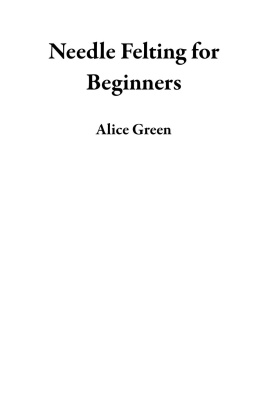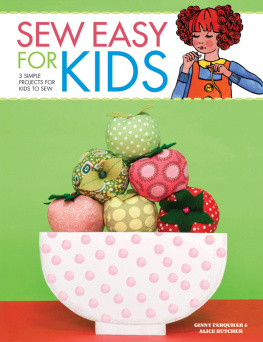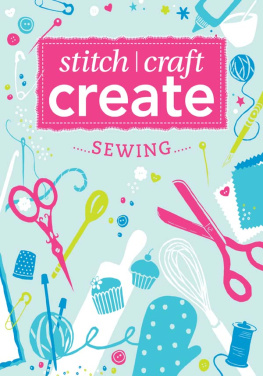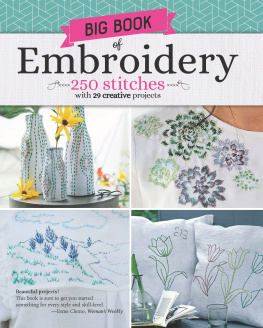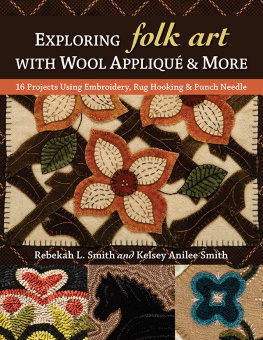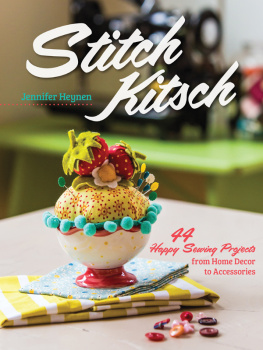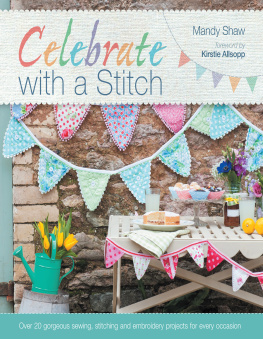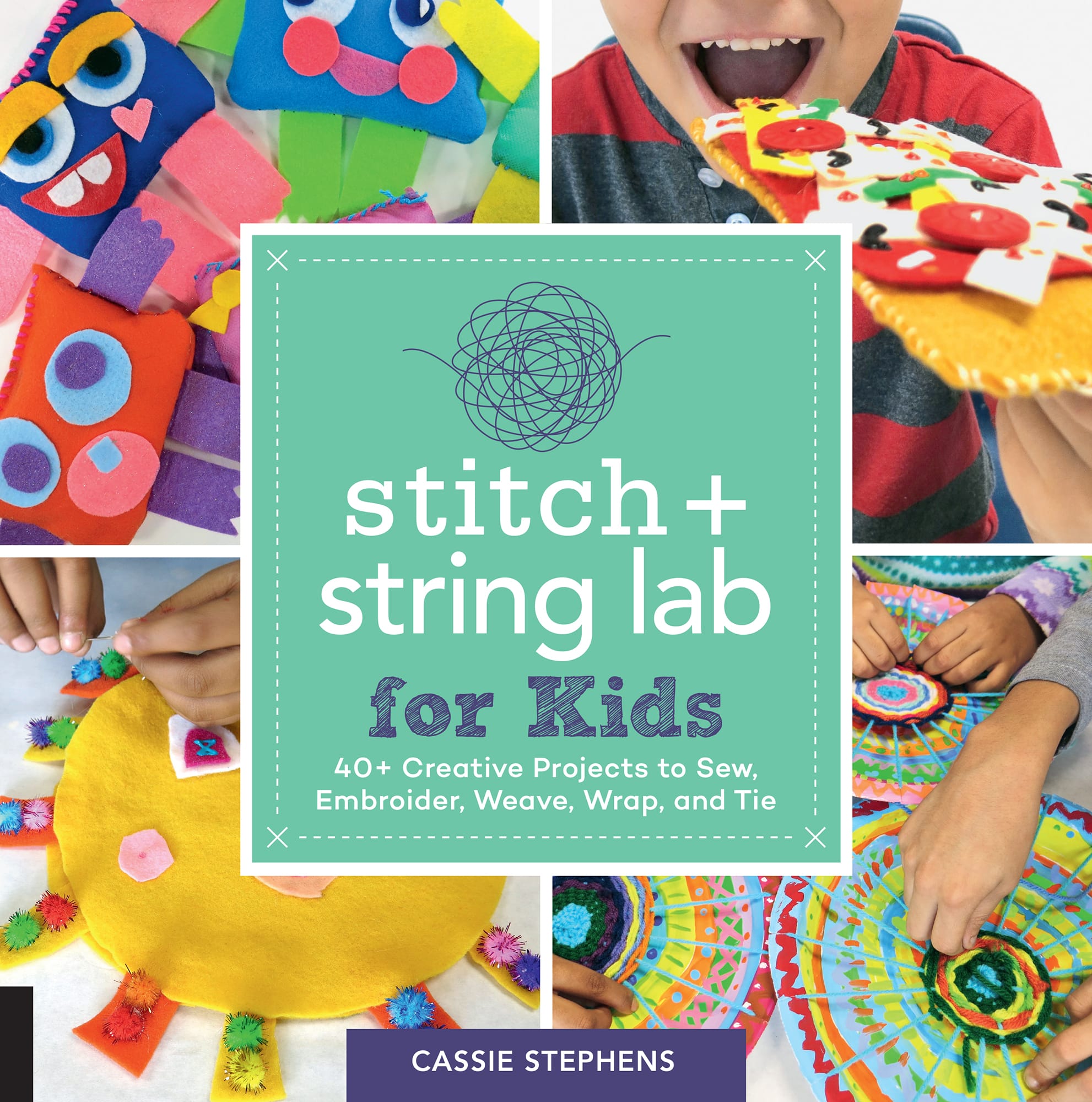Cassie Stephens - Stitch and String Lab for Kids: 40+ Creative Projects to Sew, Embroider, Weave, Wrap, and Tie
Here you can read online Cassie Stephens - Stitch and String Lab for Kids: 40+ Creative Projects to Sew, Embroider, Weave, Wrap, and Tie full text of the book (entire story) in english for free. Download pdf and epub, get meaning, cover and reviews about this ebook. year: 2019, publisher: Quarry Books, genre: Home and family. Description of the work, (preface) as well as reviews are available. Best literature library LitArk.com created for fans of good reading and offers a wide selection of genres:
Romance novel
Science fiction
Adventure
Detective
Science
History
Home and family
Prose
Art
Politics
Computer
Non-fiction
Religion
Business
Children
Humor
Choose a favorite category and find really read worthwhile books. Enjoy immersion in the world of imagination, feel the emotions of the characters or learn something new for yourself, make an fascinating discovery.

- Book:Stitch and String Lab for Kids: 40+ Creative Projects to Sew, Embroider, Weave, Wrap, and Tie
- Author:
- Publisher:Quarry Books
- Genre:
- Year:2019
- Rating:3 / 5
- Favourites:Add to favourites
- Your mark:
Stitch and String Lab for Kids: 40+ Creative Projects to Sew, Embroider, Weave, Wrap, and Tie: summary, description and annotation
We offer to read an annotation, description, summary or preface (depends on what the author of the book "Stitch and String Lab for Kids: 40+ Creative Projects to Sew, Embroider, Weave, Wrap, and Tie" wrote himself). If you haven't found the necessary information about the book — write in the comments, we will try to find it.
In Stitch and String Lab for Kids, art teacher and winner of the Netflix bake-off show Nailed It! Cassie Stephens presents 40+ inventive projects that explore everything from simple sewing, embroidery, and weaving to string art, needle felting, and yarn crafts.
Stitch and String Lab for Kids leads children, step by step, through a huge range of sewing and fiber art projects. As they go, they will learn a variety of techniques, develop dexterity and coordination, and enjoy making a variety of creative projects. Kids will employ simple embroidery stitches to embellish a sun catcher, wall hangings, and an appliqu animal. Sewing projects include a drawstring bag, a sketchbook jacket, and custom plushies. Children will learn how to make custom looms to weave bookmarks, bracelets, and even a mini rag rug. They will also experiment with string art, needle felting, shibori dyeing, pompom animals, as well as finger knitting, yarn art, and cool wrapping projects.
Each project includes a materials list and illustrated steps, and the book is filled with useful tips, tricks, and shortcuts. Stitch samplers will teach the basics, and templates are included for plushies and stuffies. Kids are encouraged to make variations and personalize the projects to their own style and personality.
These 44 creative projects offer a broad and rich sampling of sewing, fabric, and fiber craftsStitch and String Lab for Kids is perfect for keeping kids busy with educational activities at home, learning techniques and experimenting at school, or having a ball at camps and parties. Parents, teachers, homeschoolers, and facilitators will appreciate the easy, illustrated instruction and the curriculum-friendly format, with projects that can be completed in any order.
The popular Lab for Kids series features a growing list of books that share hands-on activities and projects on a wide host of topics, including art, astronomy, clay, geology, math, and even how to create your own circusall authored by established experts in their fields. Each lab contains a complete materials list, clear step-by-step photographs of the process, as well as finished samples. The labs can be used as singular projects or as part of a yearlong curriculum of experiential learning. The activities are open-ended, designed to be explored over and over, often with different results. Geared toward being taught or guided by adults, they are enriching for a range of ages and skill levels. Gain firsthand knowledge on your favorite topic with Lab for Kids.
Cassie Stephens: author's other books
Who wrote Stitch and String Lab for Kids: 40+ Creative Projects to Sew, Embroider, Weave, Wrap, and Tie? Find out the surname, the name of the author of the book and a list of all author's works by series.

